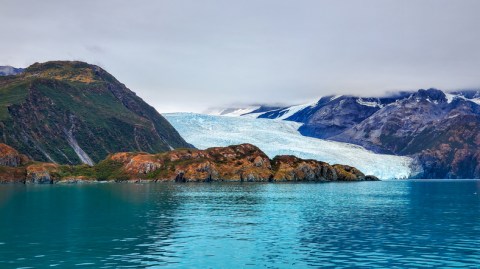Hawai'i Volcanoes National Park: Explore The Fiery Side Of Paradise
Without a doubt, Hawai’i is a dream destination for most Americans. Even native Hawaiians love island hopping and exploring the breathtaking treasures that lie in their own backyards. If you’re visiting the Big Island, exploring Hawaii Volcanoes National Park is a must. This unique park offers dramatic volcanic landscapes, pockets of rare flora and fauna, and a glimpse of traditional Hawaiian culture.
This 523-square-mile park contains some of the world’s most awe-inspiring wonders, not to mention the two active volcanoes. This place is downright otherworldly. You can bring a camera, but it’s hard to capture the absolutely staggering beauty of this place.



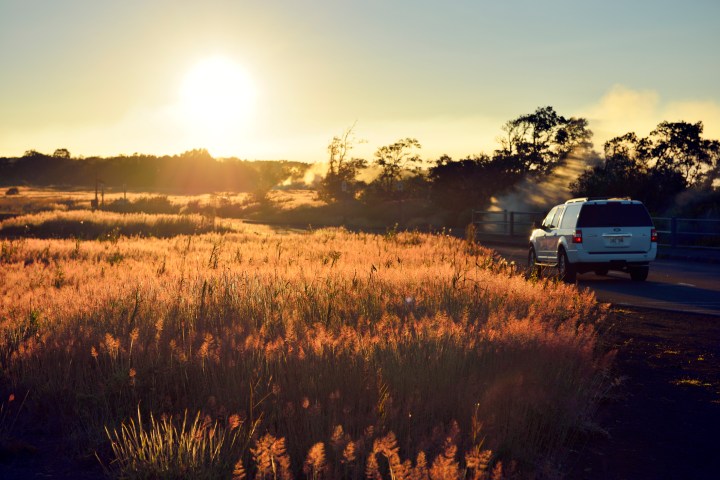

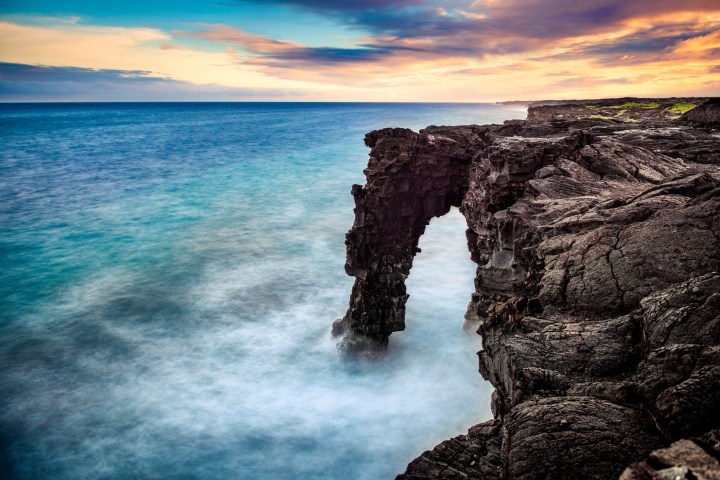
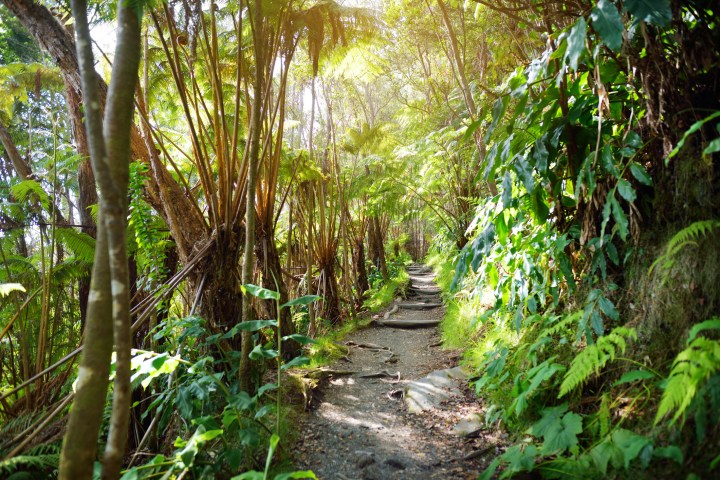
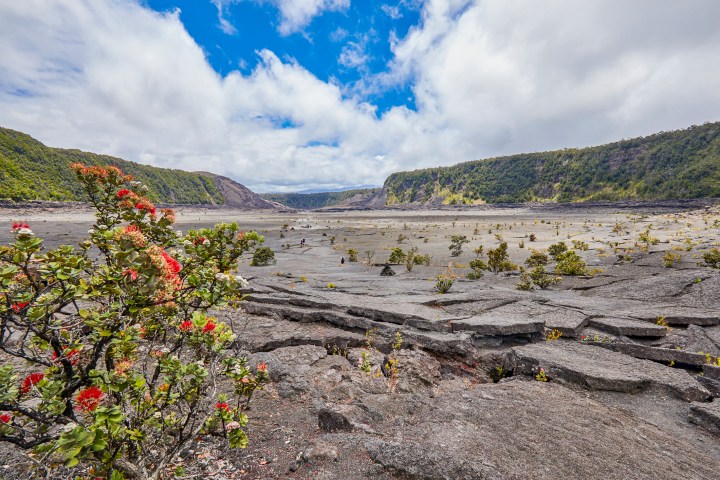

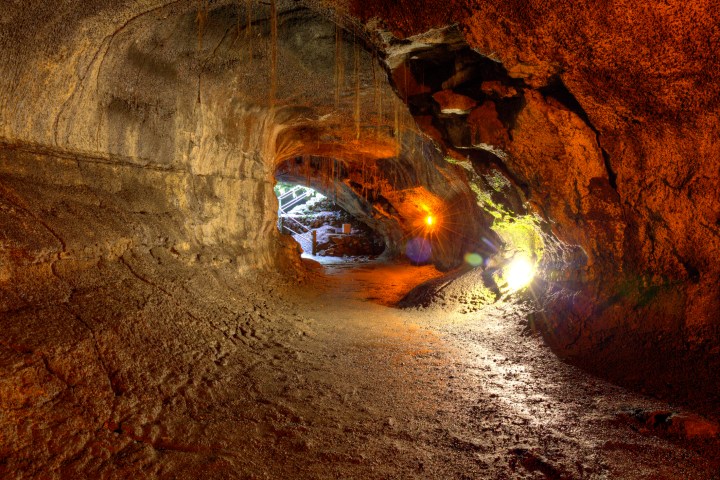

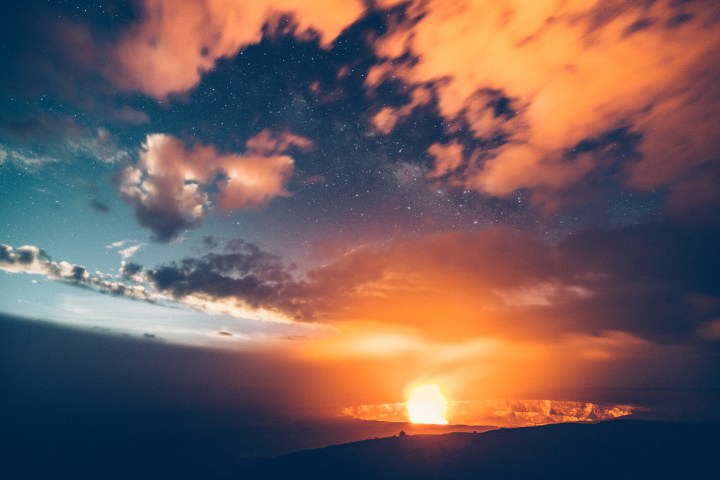
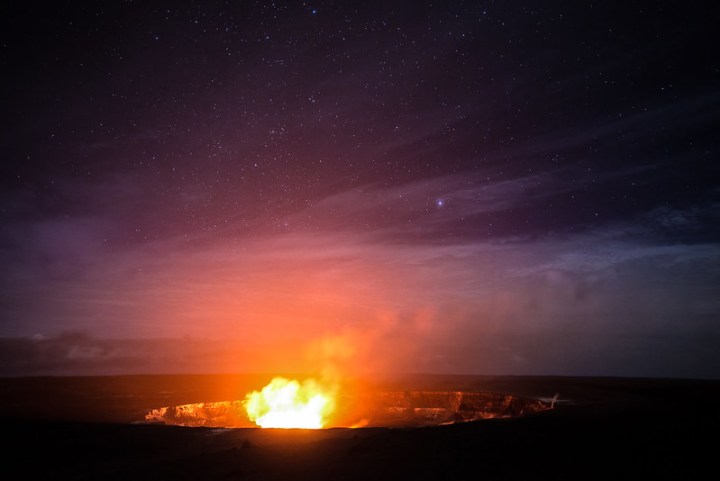
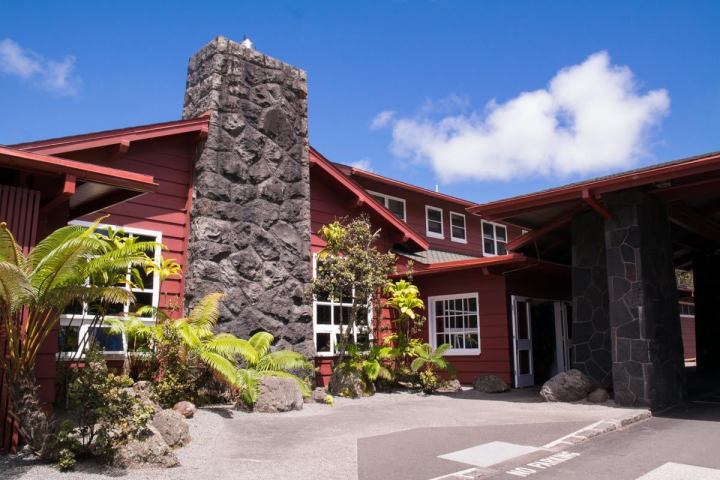
There are also two main campsites in the park: Nāmakanipaio Campground and Kulanaokuaiki Campground. As you can imagine, you'll want to book your spot at either campsite (or the A-frame cabins at Nāmakanipaio) well in advance.


Ready to visit? The extraordinary natural diversity of Hawaiʻi Volcanoes National Park will win you over in no time.
General Information:
Accessibility: Park staff and partners are working hard to correct and resolve accessibility deficiencies throughout the park. From designing and building new facilities to the rehabilitation of older structures, improving accessibility is a top priority. The Kīlauea Visitor Center, Volcano House, and Volcano Art Center are wheelchair accessible, as is most of the Ha’akulamanu (Sulphur Banks) Trail. The short gravel trail from the Steam Vents parking lot to the Steaming Bluff (Wahinekapu) also has access for wheelchairs, which may be available for use at the Kīlauea Visitor Center.
Pet-Friendly: Dogs are allowed in some parts of the park.
Parking: Kīlauea Visitor Center Parking is used to access the visitor center, Volcano House Hotel, Volcano Art Center Gallery, and various trails. There are numerous other parking lots throughout the park, but during peak visiting season, they fill up very quickly.
Seasonal Access: The park is open 24 hours a day, 7 days a week, as well as on all holidays. The Kīlauea Visitor Center is open daily from 10 a.m. – 5 p.m. but may be closed on some major holidays.
Cost: Hawaiʻi Volcanoes National Park charges $30 per vehicle, $25 per motorcycle, and $15 per pedestrian or bicycle. Each entrance fee is good for 7 days.
Feeling inspired to fill your Bucket List? Check out our previous features of Hoh Rain Forest in Washington, Maroon Bells in Colorado, and Letchworth State Park in New York, then subscribe to our weekly Bucket List newsletter to discover new destinations across the country that definitely deserve a visit.
OnlyInYourState may earn compensation through affiliate links in this article. As an Amazon Associate, we earn from qualifying purchases.
More to Explore
National Park In Hawaii
What are other natural wonders in Hawaii?
This is one of the most exciting national parks on the islands, but there’s a lot more to see. After your visit, consider checking out these other natural sites in Hawaii.
- MacKenzie State Recreation Area, Hawaii Island
- Wa’ahila Ridge State Recreation Area, Oahu
- Russian Fort Elizabeth State Historical Park, Kauai
- Halekiʻi-Pihana Heiau State Monument, Maui
- Kalopa State Recreation Area, Hawaii Island
- He’eia State Park, Oahu
- Pua’a Ka’a State Wayside, Maui
- Kehaka Kai State Park, Hawaii Island
- Ulupo Heiau State Historic Site, Oahu
- Wailua Valley State Wayside, Maui
- Lava Tree State Monument, Hawaii Island
- Ahupua’a Kahana State Park, Oahu
- Wailoa River State Recreation Area, Hawaii Island
- Ahukini State Recreational Pier, Kauai
- Kaumahina State Wayside, Maui
- Kiholo State Park Reserve, Hawaii Island
How should I prepare to visit a national park?
Always check the park's website before visiting to make sure there aren’t any closures or changes, especially in Hawaii where the environment is volatile. Wear comfortable and durable hiking shoes, bring lots of water, and carry a trail map with you always.




